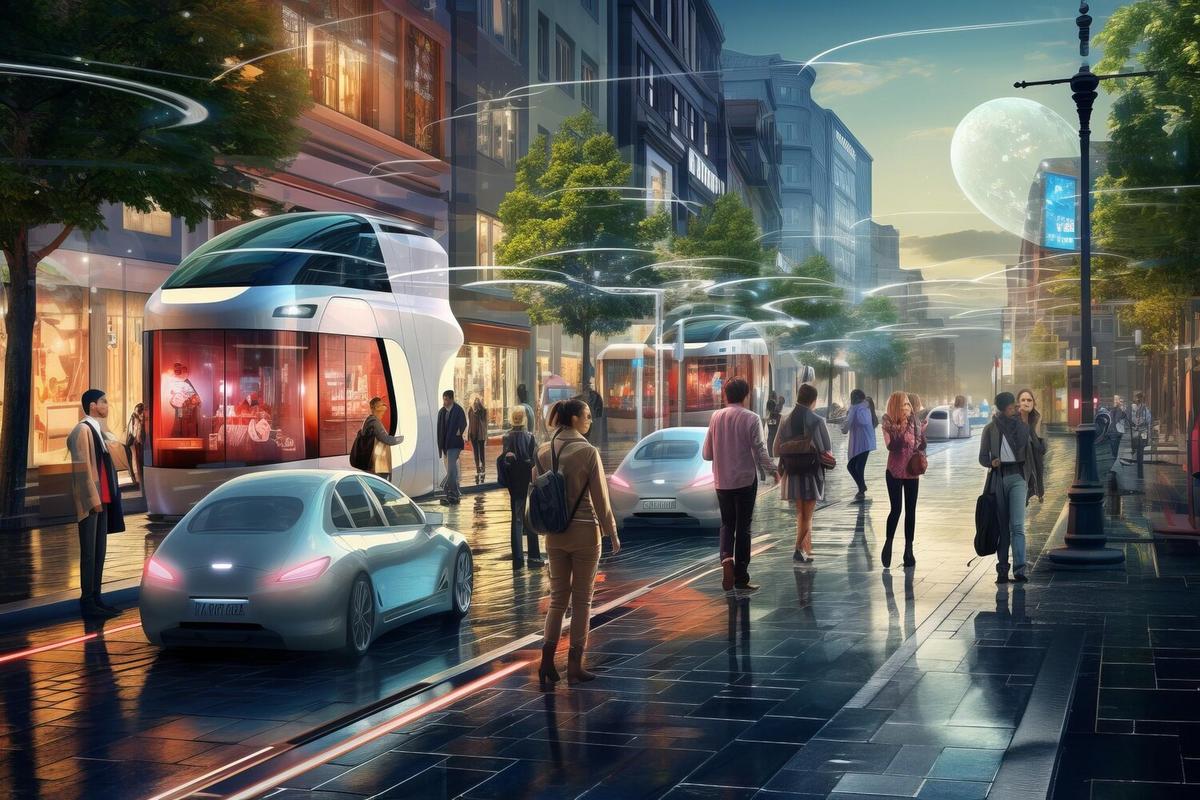
A Beginner’s Guide to Understanding Autonomous Systems
Imagine a world where cars drive themselves, navigating through traffic with ease and precision. This isn’t a scene from a science fiction movie; it’s the reality that autonomous systems are striving to create. As these technologies continue to evolve, understanding their fundamental concepts becomes crucial for anyone interested in the future of transportation.
Autonomous systems are at the forefront of technological innovation, particularly in the realm of driving. These systems leverage advanced algorithms, sensors, and machine learning to perform tasks without human intervention. In the automotive industry, this translates to vehicles capable of navigating roads, recognizing obstacles, and making real-time decisions.
What Are Autonomous Systems?
At their core, autonomous systems are designed to operate independently. They use a combination of hardware and software to perceive their environment, process information, and execute actions. In the context of vehicles, this means integrating sensors like cameras, radar, and lidar to gather data about surroundings.
Expert Insights
Renowned researcher Dr. Alex Smith from the Institute of Autonomous Systems emphasizes, “The key to successful autonomy lies in the system’s ability to continuously learn and adapt to new environments.” This perspective highlights the importance of machine learning in developing robust autonomous systems.
Statistics and Research
According to a report by the International Transport Forum, the global market for autonomous vehicles is expected to reach $60 billion by 2030. This growth is driven by advancements in technology and a growing demand for safer, more efficient transportation options.
Real-World Examples
Consider the case of autonomous shuttles used in urban areas. These vehicles are programmed to follow specific routes and manage stops, showcasing the practical application of autonomous systems in public transportation. Such examples demonstrate the potential of these technologies in reducing traffic congestion and enhancing mobility.
Tips for Understanding Autonomous Systems
- Stay informed by following reputable sources and publications on autonomous technology.
- Engage with online communities and forums to discuss developments and share insights.
- Consider enrolling in courses or workshops to deepen your knowledge.
Comparison Table
| Aspect | Traditional System | Autonomous System |
|---|---|---|
| Human Involvement | Required | Minimal |
| Decision Making | Manual | Automated |
| Efficiency | Varies | Consistent |
| Safety | Dependent on driver | Enhanced through sensors |
| Cost | Lower initial cost | Higher initial investment |
| Learning Ability | Limited | Adaptive |
| Environmental Awareness | Visual only | Multi-sensory |
| Real-Time Processing | Human-based | Computer-based |
Frequently Asked Questions
What are the main components of autonomous systems?
Autonomous systems typically include sensors, processors, machine learning algorithms, and communication interfaces.
How do autonomous vehicles ensure safety?
They use a combination of real-time data processing, predictive modeling, and redundancy systems to handle unexpected situations safely.
Can autonomous systems be hacked?
While security measures are in place, no system is entirely immune to hacking, emphasizing the need for robust cybersecurity protocols.
Conclusion
Understanding autonomous systems is essential as they become more integrated into our daily lives. By keeping informed and engaged, you can better appreciate the complexities and benefits these technologies offer. Whether you’re an enthusiast or a professional, staying updated with the latest developments will ensure you’re well-prepared for the autonomous future.


